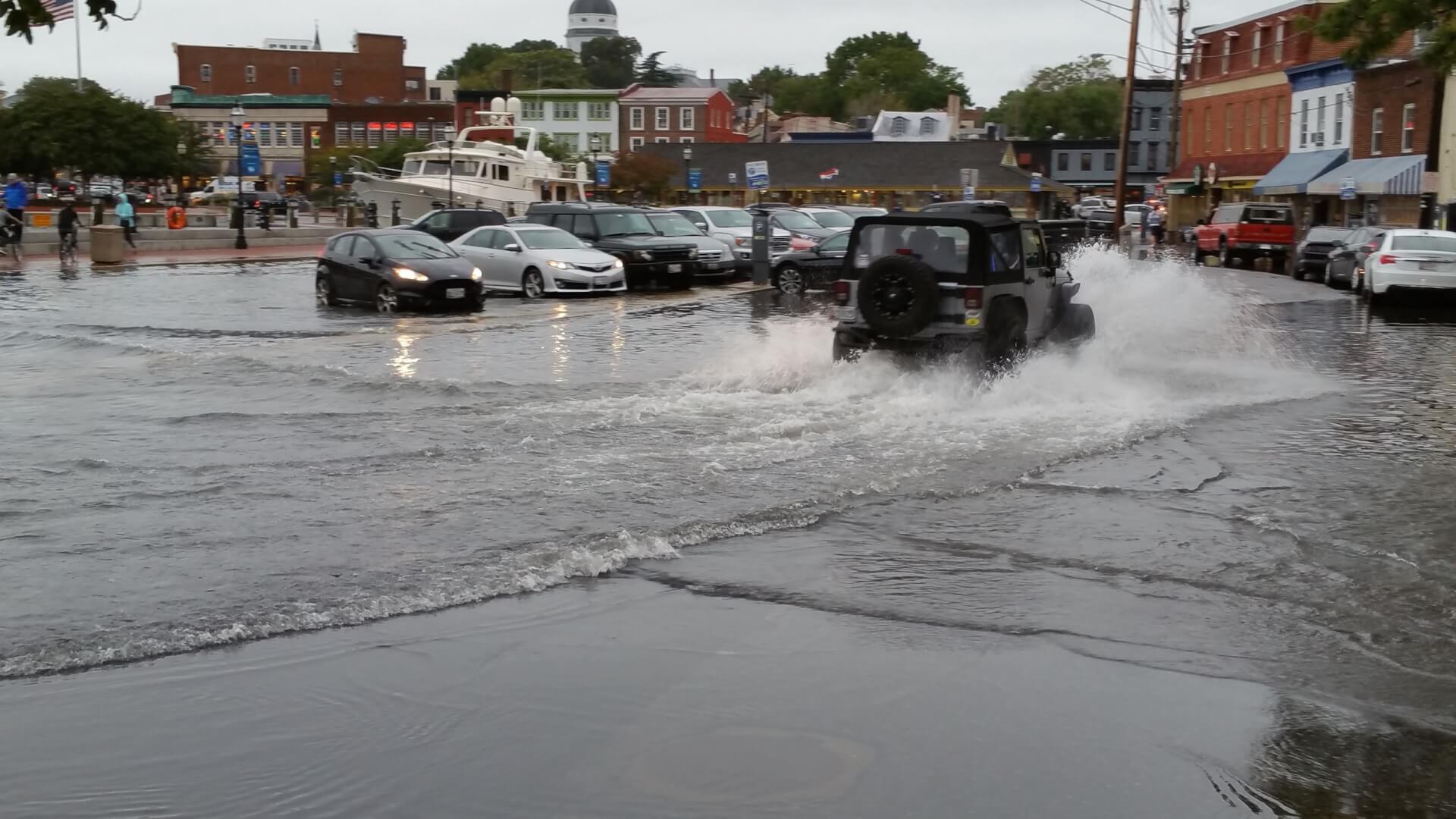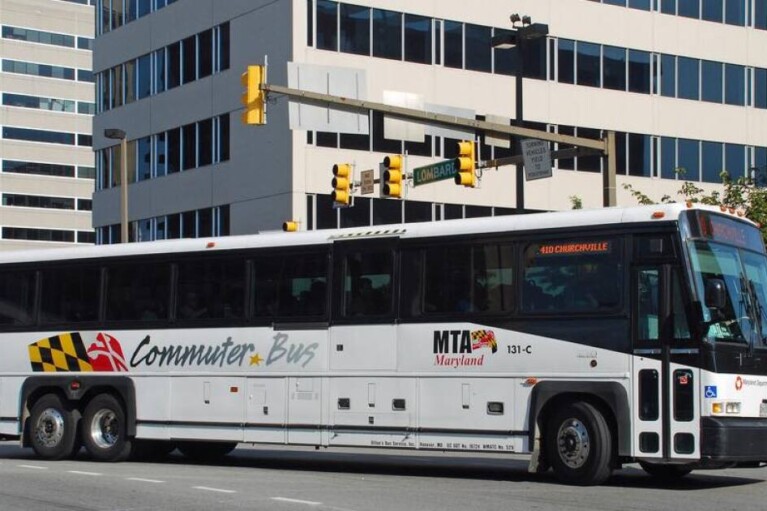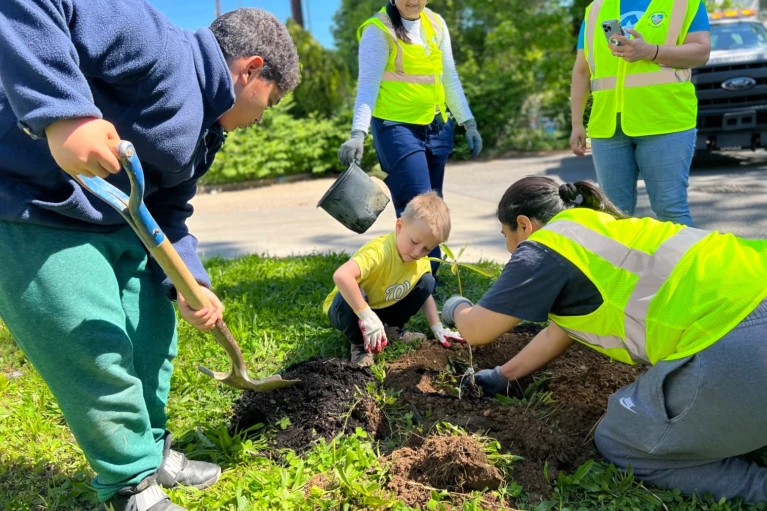
The arctic blast in Texas and resulting power grid failures is unfortunately only the most recent of many severe weather events.
Across Maryland, a recent NOAA study shows the frequency of flooding is dramatically increasing in vulnerable areas like Cambridge, Tolchester Beach, Baltimore City, Annapolis, and Solomons Island. For example, projections for Baltimore City show 5-9 days of flooding will occur in 2020, 15-25 days in 2030, and 50-155 days in 2050. Flash floods, like those experienced in Ellicott City, result in millions of dollars of damage and lost lives.
With the growing risk, the return on investment for flooding mitigation has increased from $4 savings to $6 savings for every $1 invested. In 2020, for the first time ever, communities were eligible to apply for a new Federal program for funding disaster resilience projects BEFORE the next natural disaster.

State Sen. Katie Fry Hester (D-Howard)
Through the Federal Emergency Management Association program Building Resilient Infrastructure and Communities (BRIC), millions of grant dollars are now available for mitigation projects that reduce the costs of future disasters. Under the Biden administration, FEMA is planning to add an additional $3.7 billion to BRIC, with the potential for up to $10 billion to be included.
BRIC has four priorities: public infrastructure; projects that mitigate risk to one or more community lifelines; projects that incorporate nature-based solutions; and the adoption/ enforcement of modern building codes. Resilience measures can include everything from flood walls to fiber optic network installation.
There is a database of projects in the FEMA Mitigation Action Portfolio. Speaking last year about the BRIC grants, Maryland Emergency Management Administration Executive Director Russell Strickland said: “Our vision to shape a resilient Maryland where communities thrive necessitates that we consistently prepare for and mitigate against future emergencies. The funding for these projects will help accomplish that.”
While Maryland has been working on resiliency for some time, we need to act with more speed and urgency to save our coastlines from washing away, our cropland from salinization and our buildings and roads from damage. The Maryland Commission on Climate Change was established in 2007 and charged with “developing an action plan and firm timetable for mitigation of and adaptation to the likely consequences and impacts of climate change.” However, to protect our coastal communities we must do more to identify, develop and fund priority resilience projects.
We need one person in the state of Maryland who is ultimately responsible and accountable for our resilience. This person needs to be thinking 10-30 years ahead, and planning and investing accordingly.
Senate Bill 62 creates a Chief Resilience Officer (CRO), a senior position in the Maryland Emergency Management Agency, responsible for the coordination of resilience and mitigation efforts across state agencies in partnerships with industry. This position exists in various forms in 10 states, including Oregon, Florida, Louisiana, West Virginia, North Carolina, New Jersey, Colorado, Rhode Island and Virginia, as well as many localities and cities.
Working alongside the Adaptation and Resilience Working Group of the Commission on Climate Change, the CRO will ensure the coordination of state and local efforts to BUILD resilience, moving from planning to shovel-ready projects. Specifically the CRO will ensure that we:
● Secure, identify and assist in accessing state, federal and private funding streams that contribute to resilience
● Engage business, industry and local leaders on best practices for different sectors increase resilience
● Oversee the development of a resilience baseline and a set of goals and metrics to increase resilience
● Report to the governor and General Assembly on progress and milestones of the state’s strategy for resilience
Securing federal funding is first on the list above on purpose. Infrastructure investment is essential to resilience. In the first year of the BRIC program, the Maryland Emergency Management Agency submitted applications for state and local projects valued at over $78 million of projects (combined from 24 locally-developed community-based projects) for federal support.
Senate Bill 901 establishes the Resilient Maryland Revolving Loan Fund as a special non-lapsing fund, specifically designed to leverage funding from the federal government. The federal STORM Act, signed into law at the beginning of the year, provides funding to capitalize state revolving loan funds at the state level. Those loans can then be used to provide much needed resources for the local portion of federal grants, many of which require some local match.
For example, with an initial $10 million investment, Maryland could use the federal 90:10 match in the STORM Act to draw down $90 million into the revolving loan fund. These loans could then be used to fund the federally required local match for BRIC grants. This would allow a county to use a $1 million state loan to get a $3 million BRIC grant.
Maryland must have a coordinated strategy to disaster mitigation and climate resilience that includes stakeholders at a local level. We must act quickly to prepare our state for a rapidly changing climate, as well as the risks and hazards we know exist today. As a coastal state, Maryland will be at the forefront of climate change, but the actions we take now will decide if we are at the forefront of resilience.
— KATIE FRY HESTER AND JENNIFER SOLAN
Sen. Katie Fry Hester, a Democrat, represents District 9, in Carroll and Howard counties. She serves on the Education, Health & Environmental Affairs Committee and is the Maryland representative to the National Conference of State Legislatures Disaster and Risk Management Committee.
Jennifer Solan is a public policy student in Government & Politics at the University of Maryland, College Park.




 Creative Commons Attribution
Creative Commons Attribution